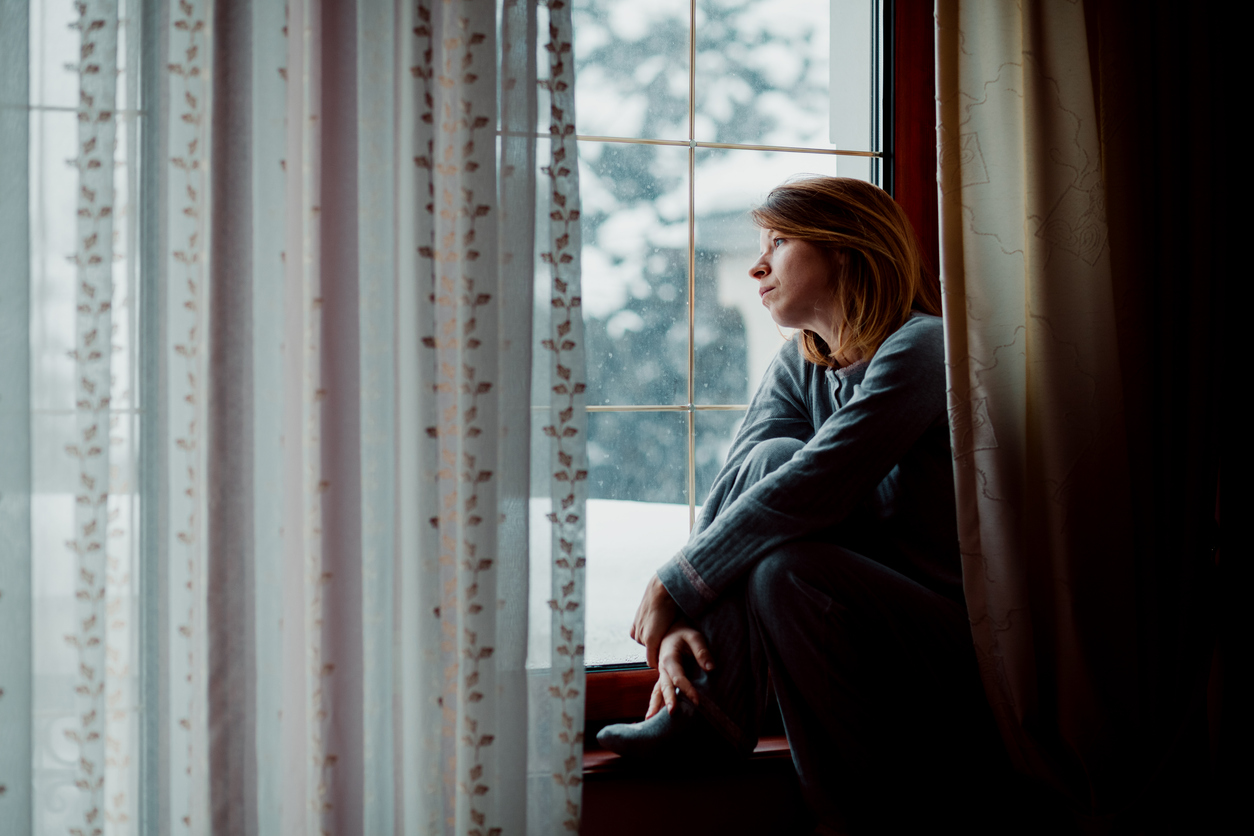
- Do you feel down or listless most of the day?
- Have you lost interest in the activities you used to enjoy?
- Has your energy level dropped?
- Are you having difficulty sleeping or sleeping too much?
- Has your appetite changed? Do you find yourself craving carbohydrates?
- Do you feel hopeless?
- Do you have difficulty concentrating?
- Has your libido decreased?
- Do you have thoughts of suicide?
If you answered yes to any of these questions, you could have Seasonal Affective Disorder, otherwise known as SAD. This is a type of depression that occurs at the same time every year, most typically in the fall and winter months. The symptoms improve in the spring, only to return again the following year.
It is thought that the seasonal lack of sunlight affects the brain in some people and causes a change in the production of certain hormones. The body’s internal clock, or circadian rhythm, is affected and leads to mood changes. Some people are more susceptible to these changes than others, and sometimes SAD runs in families.
A visit to your healthcare provider can help determine if you have SAD. Your provider may do a physical exam, order lab tests, and ask specific questions about your mental health.
The good news is that there is help for seasonal depression. Your provider may recommend light therapy with a special light source used each day. For example, sitting a few feet from a light box each morning mimics natural sunshine and may cause a shift in brain chemicals to help you feel better.
Other than light therapy, SAD is often treated similarly to other forms of depression.
Psychotherapy can help you to learn coping techniques to help with stress or negative thoughts. In addition, sometimes medications are used. Antidepressants may be most effective if started in the fall before symptoms appear and then continued until spring. Your provider will discuss the risks and benefits and help tailor your therapy to you.
There are a number of things you can try yourself to help with these “winter blues.”
- Get in the sun: Get as much natural sunlight each day as possible. Open the shades, sit by a window, get outside.
- Exercise: Get plenty of regular exercise, outdoors in daylight if possible.
- Eat healthy: Eat a healthy, balanced diet and avoid self-medication with unhealthy foods and substances.
- Manage stress: Take steps to manage stress, such as talking to friends and family, meditation or yoga, and stepping away from your computer for a few moments to stretch.
- Get sleep: Try to go to bed and get up at the same time each day.
